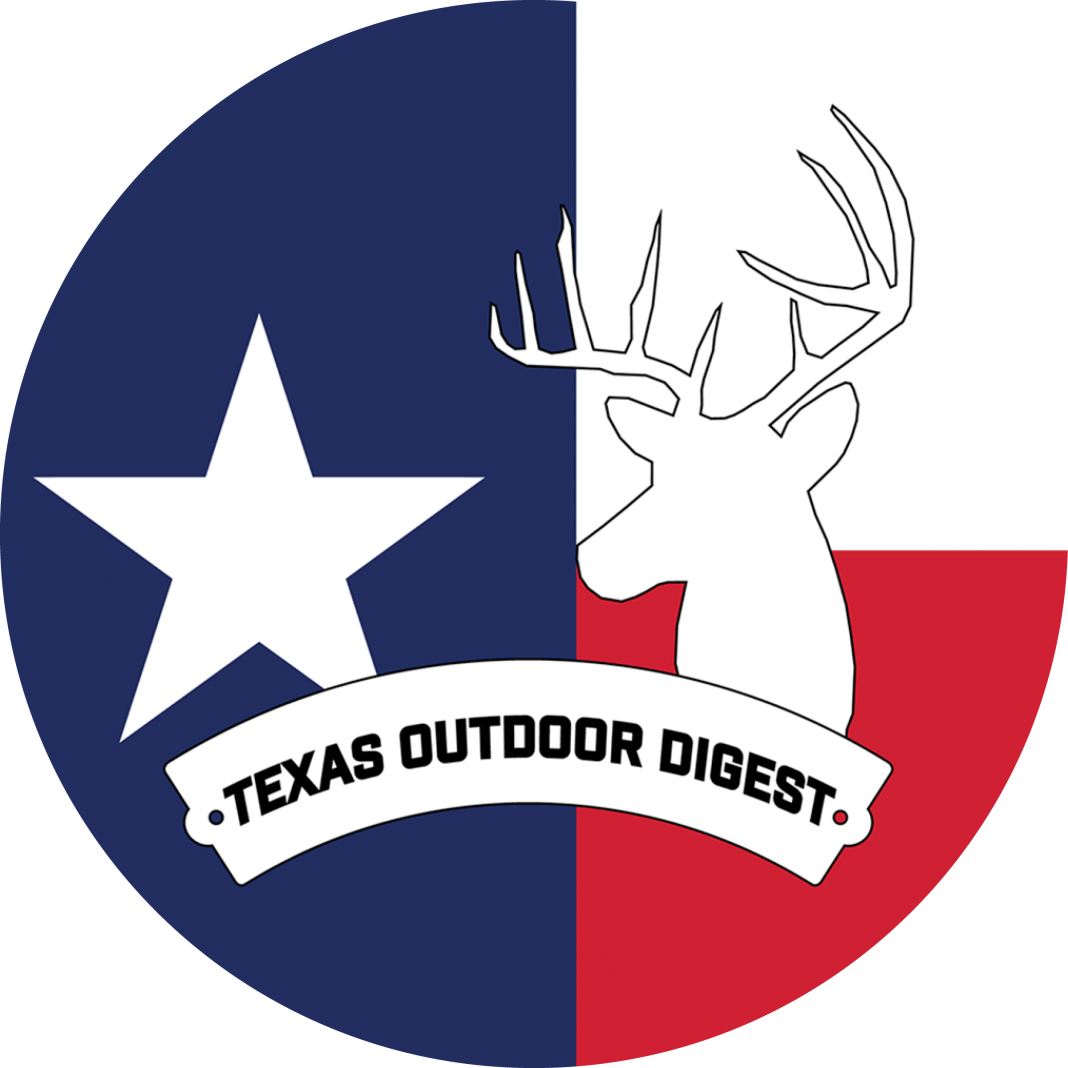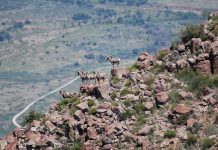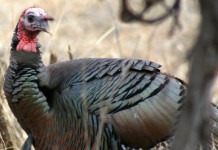Fisheries biologists with the Texas Parks and Wildlife discovered a resurgence of non-native water hyacinth at Lake Quitman in recent weeks.
The plant is a free-floating aquatic plant native to South America. It was introduced into North America in the late 1800s and has been spread around the country through the water garden and aquarium trade, and by boaters. The plant is popular with water garden enthusiasts primarily due to its attractive lavender or pink flower.
Water hyacinth is a prohibited plant in Texas and is illegal to sell or possess.
Water hyacinth, along with other non-native plants like giant salvinia and water lettuce, provide no benefit to fish or aquatic environments. The plants reproduce rapidly and can quickly cover large portions of a lake’s surface, blocking access for boaters, reducing dissolved oxygen available for fish and other aquatic organisms and generally impairing water quality.
Water hyacinth was first in Quitman in fall 2001 and has been managed through cooperative efforts by Wood County, local angling organizations and TPWD. The plants primarily have been controlled by manual removal and herbicide applications. As a result of treatment efforts and drought, the species has not been observed in recent years during routine fisheries habitat surveys by fisheries staff.
However, recent rains created heavy flows in the creek, allowing hyacinth to be dispersed around the western portion of the lake. The plant is difficult to control due to its high rate of reproduction and the persistence of seed banks in the sediment. The seeds of water hyacinth have been known to remain viable for over a quarter century, so it is necessary to monitor lakes for new growth from year to year.
The plants were observed by Inland Fisheries staff during routine sampling of the fish populations at Lake Quitman conducted in October. Following discovery of the plants, TPWD staff manually removed plants in the western portion of the reservoir and deployed a containment boom in Brushy Creek to attempt to prevent dispersal of plants around the lake before a herbicide treatment can be done. Unfortunately, there was too much water hyacinth in the creek for it to be practical to remove it manually. A herbicide treatment proposal has been prepared to treat the remaining plants in the lake, and the treatment will likely be conducted in the coming month. Water hyacinth will probably require continued treatment efforts through the spring of 2014 followed by periodic monitoring.
Fisheries surveys at Lake Quitman continue to show that the lake contains a quality fishery for largemouth bass, crappie, channel catfish and a diverse sunfish community. Water hyacinth poses a threat to maintaining these important fisheries, and TPWD biologists want to control the spread of this aquatic nuisance. Aquatic recreation is very important to the local economy. In a 2010 spring survey at Lake Quitman, TPWD estimated that anglers spent approximately $18,000 in association with their fishing activities on the lake in just a three-month period.
Water hyacinth has also been present in Lake Fork since 1993. Its distribution is monitored annually, and cooperative treatment efforts by the Sabine River Authority and TPWD are conducted as needed to control the spread of the plants.






















